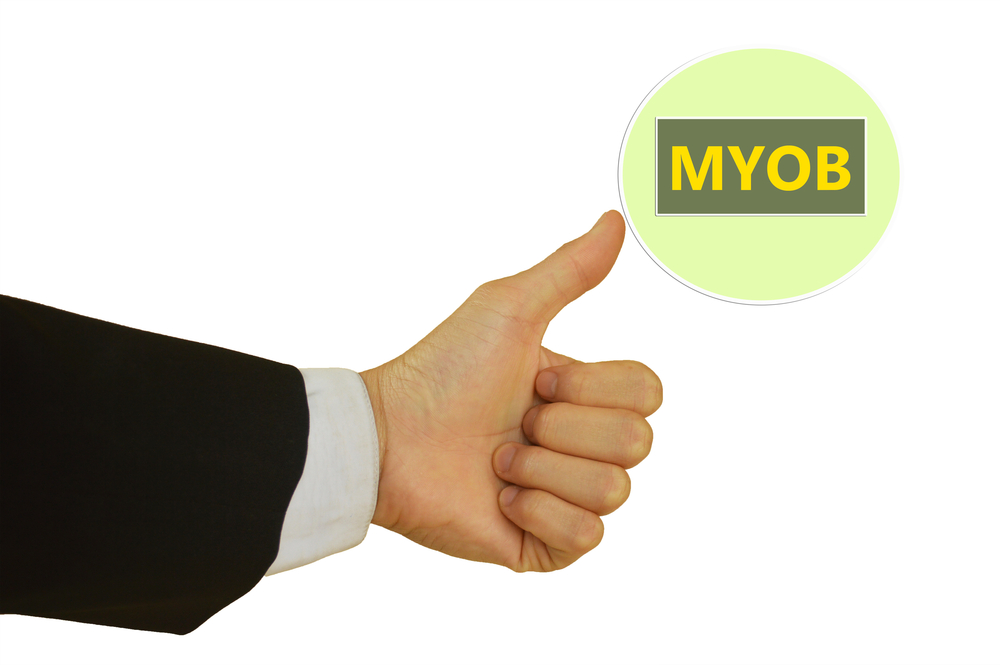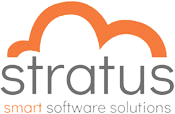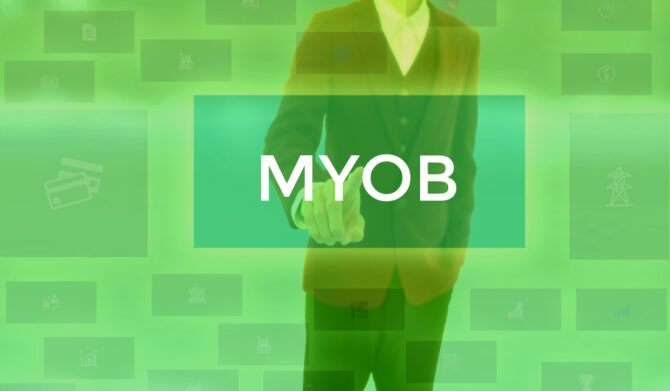Xero vs MYOB – Which Tool is Best for Your Business?

Are you looking to purchase some accounting software but aren’t sure which one is best for your business? If so, don’t worry. Please read below as we do a comprehensive comparison between Xero and MYOB to help you out with this important decision.
Xero and MYOB are two great cloud computing programs that aim to make accounting simple for small and medium-sized businesses.
These systems take away a lot of the complexity of both accounting itself and managing software. However, which one is the best choice for your business? Let’s take a look at each one in more below to find out:
MYOB
MYOB stands for Mind Your Own Business. This cloud accounting system offers a few different tiers of software, from simple tools for very small businesses through to MYOB Advanced for companies that are looking for a comprehensive end-to-end solution.
MYOB Advanced features CRM, service, inventory, payroll, manufacturing, distribution and more all in one platform. It’s a scalable and powerful solution.
MYOB Advanced integrates sales and order management, opportunities and pipelines, CRM, time and expenses management and project accounting all in one place.
It is aimed at companies that are larger, have multiple departments, and that need access to a lot of data and the ability to generate their own complex in-depth reports.
The more basic version of MYOB, titled MYOB Essentials, is a more slimmed down version aimed at sole traders and those who run smaller businesses.
One nice feature that it offers is the ability to link documents to transactions. This means if you have a paper bill that you want to attach to a transaction it’s easy to do so.
Is MYOB Good Accounting Software?
MYOB is an accounting solution that was designed with ease of use in mind. This is clear in the interface, the feature set, and the mobile app.
If you are a small business that is struggling to track your transactions and you want to grow without fear of your accountant getting angry with you at the end of the year, MYOB is a good starting point.
It offers tools that you don’t need to be a finance professional to use, and it is supported on Windows, Mac and Mobil. It has good bank integration, makes invoicing easy, and teaches you good bookkeeping practices as you work.
It lacks the range of features that more serious accounting platforms have, but the affordable price and ease of use mean that it is well worth a look.
When a business is in the early stages, the average person doesn’t have the time or resources to sit down and focus on logging and tracking everything, and they may have no need to do so.
MYOB keeps track of the things that are required for GST, tax, expenses, inventory and payroll. The most important charts are there for you to generate if you need them.
If you find that you are looking for more customisable charting options then maybe it’s time to upgrade to a more serious, data-heavy accounting program.
That doesn’t mean that MYOB fails to do its job for those who do not need it for more sophisticated charting functions or to be able to handle a large number of transactions.
What Is The Difference Between MYOB And Quickbooks?
When most people think of accounting software, they think of either Sage or Quickbooks.
If you had some bookkeeping training it is highly likely that it started with something like pen and paper bank reconciliation, and then moved you on to the offline version of Quickbooks.
That’s what people learned in the days before cloud accounting, and it makes sense that they’re going to want to stick with something that feels like what they know.
MYOB is cloud-based, yes, but it’s also designed to be very easy to use.
MYOB essentials is a rather stripped-down application and while it has all the important features for invoices, payments, balance sheet management, etc, it is rather stripped down compared to the full version of Quickbooks.
However, if you upgrade, you’ll find that it does most of what you need.
How Much Does MYOB Cost Per Month?
MYOB Essentials is priced at $29 per month. MYOB Advanced costs $99 per user, per month. This means for a bigger company that has lots of users that want to send invoices, handle payments, or work with customers, it could work out to be rather expensive.
Xero
Xero, on the other hand, is squarely aimed at the smaller end of the market, however, that does not mean users are sacrificing quality or features. Xero is easy to use and lean.
It focuses on the most important features – stock processing, purchase orders, expenses, etc. Xero allows users to send invoices and accept payments through credit and debit cards, PayPal, and payment gateways.
Xero offers several ready-made charts for cash flow, transactions, and accounts, and this makes managing your company’s finances easy. There are even built-in expenses tracking tools too.
Xero is aimed at small businesses, but it still has key features such as asset management, invoicing, and multi-currency support, so it should work well even for slightly larger businesses with international clients.
What Is The Difference Between Quickbooks And Xero?
For many people, the comparison isn’t so much between Xero vs MYOB as to which one is closest to what they know. Quickbooks and Xero have a lot of similarities.
Xero is a more serious application in terms of interface, and in terms of scalability, and it will grow well with your company.
One key difference between the accounting software Xero and Quickbooks online is the way that the pricing works. Xero charges based on the volume of bank transactions, invoices, payments, etc.
The cloud-based Quickbooks, on the other hand, charges based on the number of users. If you need a lot of users then you will be forced to upgrade to one of the higher-priced plans.
Is Xero Good Accounting Software?
In terms of functionality, Xero compares very favourably with Quickbooks. It’s hard to be critical of any of these accounting programs. Xero and MYOB both do everything that business owners need in order to keep track of their transactions and produce accounts.
The comparison between Xero and MYOB always comes down to the price. Usability, more sophisticated functionality, and compatibility with apps and bank accounts all matter are all important, but so are costs.
How Much Does Xero Cost Per Month?
Xero’s pricing is tiered to cater to as many different businesses as possible. The early (starter) plan allows a small business to send five invoices and quotes per month, enter just five bills, and reconcile 20 bank transactions.
This plan costs just $9 and is a good choice for a very small business that just wants somewhere to record a handful of transactions a month.
The Growing plan costs $30 per month, and offers unlimited transactions, invoices, bills and quotes, but has some feature limitations.
The Established plan costs $60 per month, and also offers unlimited bills, quotes, transactions and invoices, but has some extra features including project tracking, expense management, and multi-currency accounting.
All users get support from Xero themselves, automatic updates thanks to the wonder of the cloud, SSL encryption and integration with hundreds of other apps.
This pricing structure is quite appealing for a small to medium-sized business. One monthly payment gets you access to most things.
There are some extra fees to take into account such as having to pay for a third-party payment processor if you want a full-service payroll solution.
If you need to have a large team handling your software, things can get tricky, but overall the scalability and features are there.
Can You Transfer MYOB To Xero?
If you started with MYOB Essentials and want to switch over from Xero to MYOB for your cloud-based accounting service, then the good news is that you can automate a lot of the process.
In fact, the ease of moving from one cloud accounting service to another is one of the best things about the recent trend towards cloud-based accounting software.
Whether you’re looking to copy some data over so you can do the Xero vs MYOB test for yourself, or you want to make a more permanent move for your business Xero has you covered.
To set up your Xero accounting software to include data from MYOB, you will first of all need to confirm what version of MYOB you are using.
If you were using one of the supported versions, you can simply export the MYOB files as a CSV, and then import them into Xero. You may need to make some changes in MYOB before you export your data, for example:
- If there are subcodes in your MYOB chart of accounts, adjust this to use tracking categories instead.
- Note that invoices, bills and credit notes that you import from MYOB will be treated as drafts in Xero and will need to be manually approved.
There are some different mappings, as indicated below:
- Account Number = Code
- Account Name = Name
- Account Type = Type
Some account types in MYOB have different names in Xero. Many are the same, and most of the differences are self-explanatory, however it may take some time to get used to the names when you first make the switch.
There are some differences in GST Codes and system accounts, too. Some codes are not obvious, such as RRR for Zero Rated, and E for No GST. You can find a full list of differences on the Xero support website.
If you have complex accounting requirements with a lot of different accounts, seek advice from your accountant to ensure that the switch goes as smoothly as possible.
Which Should You Choose?
Both MYOB and Xero are cloud-based with the option to access services from any modern device with an internet connection. There are free trials available, and the monthly prices are tiered based on the size of your business and the features you need.
MYOB has the advantage of being the more established company and having a good track record. Xero is newer but is still reputable.
MYOB’s pricing tiers are generally more friendly, with the bottom tier in Xero incredibly limited in terms of the number of transactions that you can log per month and the number of invoices that you can send.
If you’re willing to pay a little more for the mid-tier level, however, Xero has a very good mobile app which gives it an edge over MYOB for small and medium-sized businesses.
MYOB starts to shine as companies get bigger and need access to extra tools such as CRM and pipeline features, as well as the more powerful reporting.
Xero generates lots of pretty charts, but the ability to customise those charts is rather limited and once you start needing to drill down deeper with the reports you generate you will come to appreciate having more granular control over how information is displayed.
If you have the time to import data into both cloud platforms, try them individually and see which you prefer using. When it comes to MYOB vs Xero, a lot of the decision is purely subjective.
For many businesses, simply “liking the app” is enough of a selling point when it comes to day to day admin.
Remember that you are not locked in, and if you fall on a different side of the Xero vs MYOB debate comparted to what you expected, the wonders of cloud accounting means that you can sync your accounts and that the work required to get the service of your choice set up should be minimal.
Don’t be scared of reaching out to the customer support teams at each platform, either. When it comes to accounts for your business Xero and MYOB both know how serious matters can be, and pride themselves on good customer service.
Trusting the cloud can be a big leap for those raised on Quickbooks or Sage, but the latest technologies have a lot to offer, and an affordable monthly subscription to a good accounting service makes a lot of sense.
If you are looking for accounting software solutions anywhere across Australia, then please get in touch with us at Stratus Smart Software Solutions.
We are accredited and experienced MYOB Australia/NZ Enterprise Partners with a dedicated team of business, accounting and IT Consultants who are passionate about helping Australian businesses grow.
Call us today on 1300 499 000 or fill out our inquiry form and we will get back to you within 24 hours.



